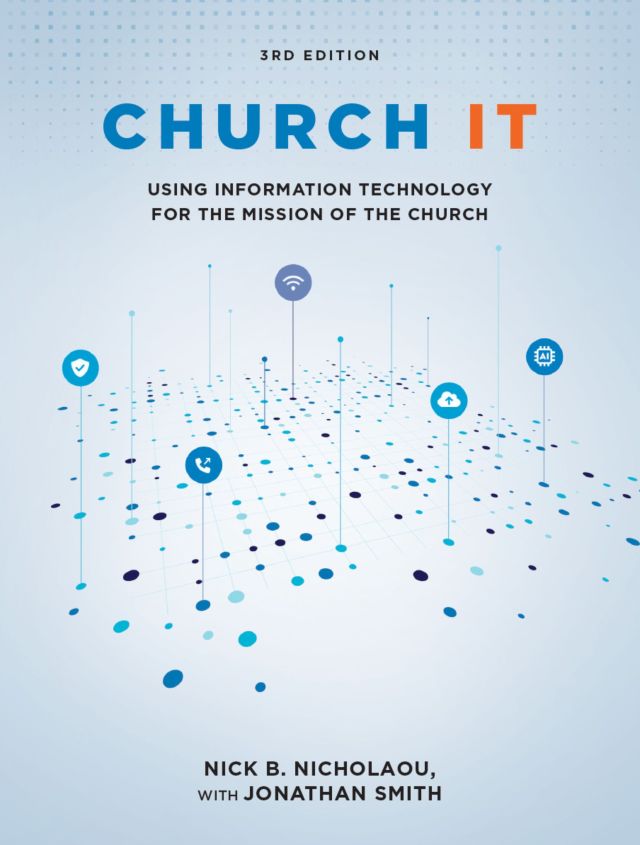Creating a balanced church budget is essential for maintaining financial stability and flexibility, especially when considering mortgage loans. This guide offers insights into managing salaries and operational expenses to keep your church on track.
Key Takeaways:
- Church salaries can typically be around 35 percent of the operating budget but can rise as high as 55 percent.
- Salaries and debt should not exceed 65 percent of total income.
- Maintaining flexibility in your budget is key for long-term financial health.
How should a church budget balance salaries and expenses? A healthy range for salaries is about 35 percent of operating expenses, with total salaries and debt not exceeding 65 percent of income. This approach ensures flexibility and financial stability.
Understanding Salaries as a Percentage of a Church Budget
Church salaries can heavily influence the overall budget. Salaries that are too high in proportion to income can strain cash flow and hinder ministry operations. Conversely, allocating too little for staff compensation may lead to dissatisfaction and retention issues.
Expert Insights on Budget Balancing
Mark Holbrook, former President and CEO of the Evangelical Christian Credit Union (ECCU) (now Adelfi), highlights common challenges churches face during mortgage loan applications:
- Staffing levels may be disproportionately high relative to the church’s income.
- Senior leadership salaries might be excessive compared to overall cash flow.
Recommended Salary and Debt Ratios
Mike Koch, Adelfi’s Senior Vice President and CFO, suggests the following guidelines for a balanced church budget:
- Salaries: Aim to keep staff salaries and benefits at about 35 percent of the operating budget.
- Debt and Salary Combined: Ensure these do not exceed 65 percent of total income.
- Debt Leverage: Limit debt to approximately 20 percent of income to maintain financial flexibility.
Did You Know? A well-structured church budget not only ensures operational efficiency but also strengthens your case when applying for mortgage loans.
Church Law & Tax Advisor Vonna Laue counts personnel costs among the four key expense ratios church leaders should monitor, and has said personnel costs (salaries plus benefits) should land anywhere between 40 percent and 55 percent of a church’s expenses.
Why These Ratios Matter
Keeping these ratios in check allows churches to plan for unforeseen circumstances and allocate funds to other vital areas, such as ministry programs and community outreach. If salaries and debt exceed these thresholds, it’s crucial to ask:
- Why does our church differ from the recommended ratios?
- How can we justify and manage these differences effectively?
Steps to Create a Healthy Church Budget
- Evaluate current salary and expense ratios regularly to ensure alignment with best practices.
- Consult financial experts or church-focused credit unions to assess budget health.
- Keep a detailed record of income, expenses, and long-term financial obligations.
The following has been added to the original content to maintain accuracy and relevancy:
FAQs: Common Questions About Church Budgets
- What percentage of a church budget should go to salaries? Experts recommend allocating around 35% of the church’s operating budget to salaries.
- How much debt should a church take on? Debt should typically not exceed 20% of the church’s income to ensure financial flexibility.
- Why is budgeting important for churches? A well-planned budget helps maintain financial stability, fund ministry activities, and prepare for unexpected costs.
- How can churches improve their budgeting process? Regular reviews, expert consultations, and aligning with recommended ratios can enhance budgeting effectiveness.
Maintaining a balanced church budget is vital for operational success and long-term sustainability. By keeping salary and debt ratios within recommended thresholds, your church can ensure financial health and focus on its ministry goals.
Related Articles:
Related Resouces:





